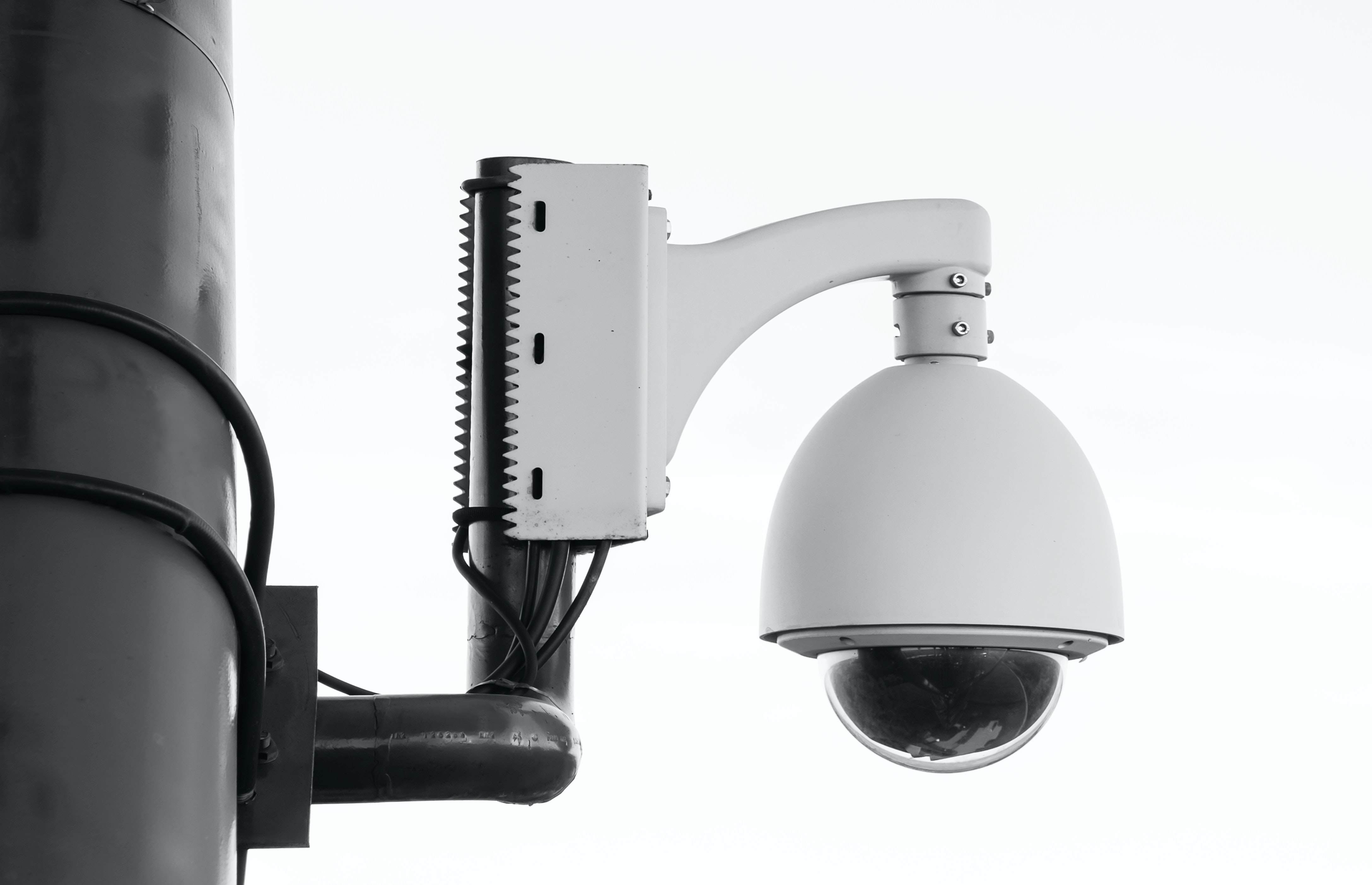As the April 2021 deadline for the EMV Compliance liability shift is forthcoming, both gas and convenience owners need to get onboard to upgrade their “forecourt” as well as all other payment systems.
Brian DuCharme, Vice President of Product Management at TNS made this announcement:
“While some fuel retailers have been hesitant to upgrade, the reality is that the time is here to begin scheduling installations to eliminate the risk of being a remaining location targeted by fraudsters in a few months.”
Nine More Security Tactics For Your Toolbox
Although upgrading to EMV is one of the most secure ways to protect your convenience business as well as your customer’s sensitive data, it’s certainly not the only one. Let’s take a look at nine additional tactics you can use to protect your business:
- Point-to-point encryption (P2PE): This preserves the integrity of the payment form factor such as point-of-sale readers at both the pump and the store. It makes sure that the transaction is immediately encrypted from the moment the card makes contact with the card reader.
- Tokenization: This type of security protocol lessens the scope of the Payment Card Industry data-security standard (PCI DSS) as well as the risk a merchant carries when it handles cardholder data. It can also carry out “repeat transactions” in “alias forms”. A customer’s card can be “tokenized” from the first transaction and then subsequently by using the same token.
- Rewards Programs: Not only is this a great way to keep customers coming back but to guarantee security, speed, and safety. Retailers can create a customer profile using their payment card to better interpret “purchase behavior”. This data can be protected by implementing any fraud-prevention program.
- Housekeeping: By implementing thorough “environmental hygiene”, the retailer is kept in PCI DSS compliance and it also lessens the risk of fraud. A good daily practice is to go out and check the gas pumps at least once a day to make sure they have not been altered or corrupted.
- Prohibiting fallback: Although customers are still allowed to swipe their chip cards, it would be best to prohibit this at the pump and instead encourage customers to come into the store to either verify their identity or use another form of payment. This will also prevent fraud.
- Data insights: It is a critical tactic to check the overall performance of each pump. This will allow retailers to identify which areas of the “forecourt” are likely to be compromised by fraud. A pump located on the outside lane is more likely to draw fraudsters as the location is usually hidden from the cameras.
- Planograms: Analyzing the flow of traffic can be incredibly useful to identify areas likely to be targeted by fraud. Fraudsters like to test the waters by using a counterfeit card to make a transaction inside the store. Through data interpretation and analytics, retailers can get a better understanding of behavioral patterns.
- Network connectivity infrastructure: Having a secure network solution can protect transactions both at the pump and inside the store. Seek out a “certified Managed Network Service Provider (MNSP) network solution” that can sustain the hardware installed at the pump and give you the maximum level of payment security. It needs to have “always-on connectivity” as well as “24/7/365 monitoring” not just for the hardware, but the network connection as well.
- CCTV and surveillance technologies: There are new surveillance technologies that can detect “real-time payment” and “environmental threats” as the fraud is taking place.
There Will Always Be Fraudsters Among Us
The key is to always stay on top of your game by getting familiar with the latest in fraud prevention and security technology. By doing so, you will always stay one step ahead of those who stop at nothing to commit crime.


